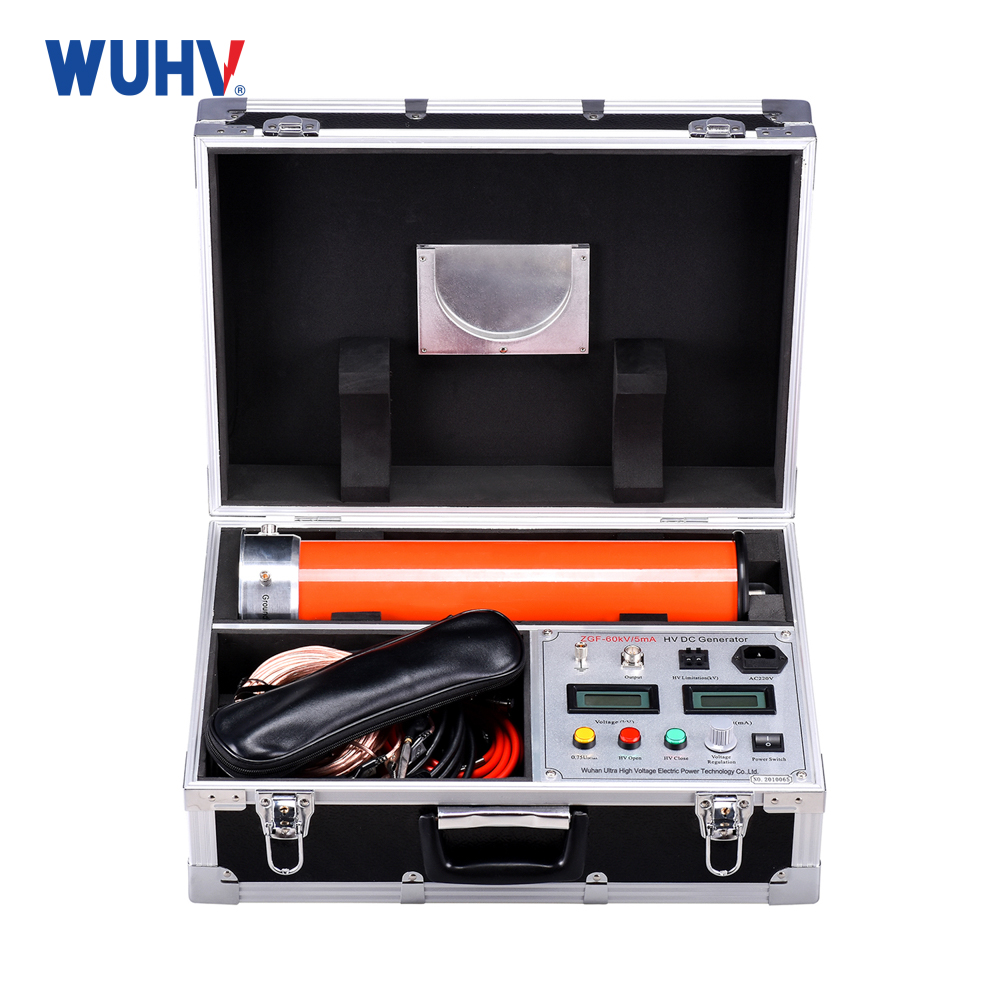The cable fault testerunder UHV power can help many power workers conduct various power tests more conveniently.
Before locating faults in underground cables, it is necessary to know the route of the cable. How to locate the fault if you do not know where the cable is? Sometimes, you may find a cable route map in the document (which is why every job requires a good document), but when you don't have a cable route map, you need to find and track it. Locating underground cables is not only necessary for discovering faults, but also for any possible excavation near the cable route. This article will explain the types of underground cable fault locators and their working methods.
Basically, there are two main methods for cable positioning:
Activity location: This method involves injecting specific frequency signals through a transmitter and tracking them through a receiver to locate specific lines/cables.
Passive positioning: This method involves searching for unknown lines by detecting electromagnetic fields with the help of detectors or receivers. Although passive positioning methods do not allow us to distinguish the type of pipeline, it is still necessary before excavation work. Some underground cables may have been energized, so their electromagnetic fields can be scanned for positioning. Non energized underground utilities or cables can be located by scanning the re radiation of signals induced by radio transmitters on utilities.
How does the cable fault locator work?
Cable fault locator usually consists of two modules - transmitter and receiver.
A transmitter is basically an AC generator that provides signal current to the underground cable to be tracked. Typically, the transmitter can set the signal to a specific frequency, which generates an electromagnetic field of the same frequency around the cable, which can then be detected by the receiver.
Signals can be transmitted to cables through direct connection or induction methods. The direct connection method is the most effective way to apply signals to cables and should be used as much as possible. In this method, one end of the transmitter is directly connected to the cable, while the other end is grounded to complete the circuit. In induction mode, there is no need to physically connect the cable. It transmits signals by electromagnetic induction from above the ground.
The receiver detects the electromagnetic field generated by the transmission signal around the cable, which can be detected above the ground at the top of the cable. The receiver can also be set up to detect the electromagnetic field of the already powered cable (as in passive positioning).
According to the signal frequency, there are basically two types of cable fault locators - single frequency and multi frequency locators. As the name suggests, single frequency locators can only generate a specific high-frequency signal. These locators are very effective in very crowded areas where there are many cables or public facilities underground and they are separated from each other. Since high frequencies often sense all conductive objects underground, they may produce distorted signals for the receiver. In other words, high-frequency signals may be induced into nearby gas pipelines or communication lines, making it difficult to distinguish cables.
Copper, aluminum, iron, each metal has a better response to different frequencies. Ado frequency locators help you adjust the transmitter frequency based on the material of the wire, making it easy to distinguish what is needed and what is not needed. Multi frequency locators also help simplify tasks, with higher frequencies being more conducive to receiving more signals, while lower frequencies make it easier to follow specific routes.




















